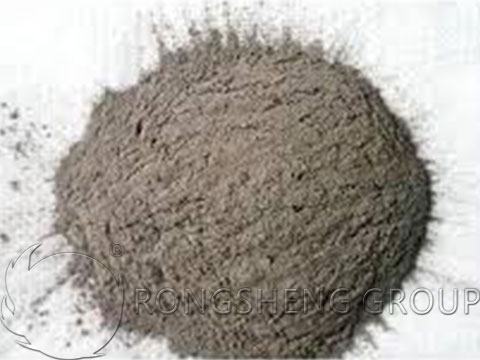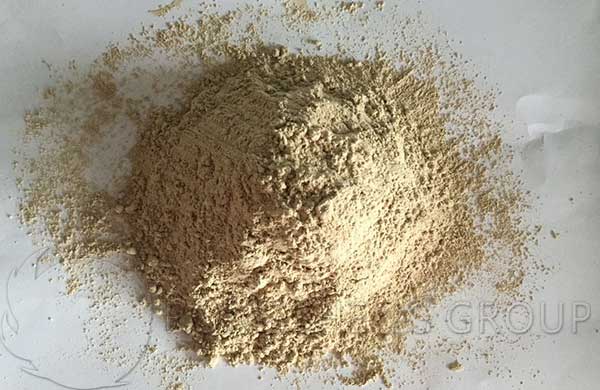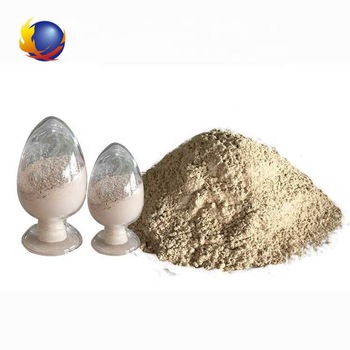
In industries operating under extreme temperature conditions, selecting the right high-temperature refractory cement is a pivotal procurement decision. This choice directly impacts operational efficiency, safety, and long-term maintenance costs. Understanding the core attributes of these materials—and the credentials of their manufacturers—builds the foundation for confident purchasing decisions worldwide.
High-temperature refractory cement must withstand aggressive thermal environments, often exceeding 1,200°C (2,192°F). Its capacity to maintain structural integrity without cracking or spalling ensures durability and service life in furnaces, kilns, and incinerators.
Advanced formulations are engineered to endure rapid temperature fluctuations and prolonged heat exposure. For example, a typical high-grade refractory cement demonstrates a thermal shock resistance above 15 cycles, significantly reducing the risk of unexpected failure. Such performance metrics guarantee operational stability, minimizing downtime and repair expenses.

International certifications provide objective validation of product quality and manufacturing standards. Leading refractory cement manufacturers uphold certifications such as ISO 9001 for quality management and CE marking for European conformity. These certifications ensure adherence to stringent production controls, consistent material properties, and safety compliance.
Such recognitions enable procurement professionals to mitigate supply chain risks and confidently specify materials meeting global regulatory requirements.
Choosing a refractory cement supplier with proven technical expertise and production capacity ensures steady product availability and innovation partnership.
Consider a manufacturer recognized as a national high-tech enterprise with an impressive annual production capacity exceeding 13 million tons. Backed by over two decades of dedicated research and development, this supplier services over 30 countries worldwide, demonstrating strong global logistics and support infrastructure.
 Castable Refractory cement" style="width: 100%; height: auto; margin: 20px 0; border-radius: 5px; box-shadow: 0 0 10px rgba(0,0,0,0.1);">
Castable Refractory cement" style="width: 100%; height: auto; margin: 20px 0; border-radius: 5px; box-shadow: 0 0 10px rgba(0,0,0,0.1);">
Industries such as steel manufacturing, ceramics, and petrochemicals face recurring challenges in maintaining refractory linings against harsh thermal cycling, mechanical abrasion, and corrosive atmospheres. Inferior materials often lead to cracks, lining failures, and consequential production halts.
High-performance high-temperature refractory cement solves these problems by offering:
These advantages translate into longer maintenance intervals and enhanced operational safety, key decision factors for procurement specialists.
| Criteria | This Product | Typical Competitors |
|---|---|---|
| Max Temperature Resistance | Up to 1,600°C | Up to 1,200°C |
| Thermal Shock Resistance (cycles) | >15 | 8-10 |
| Corrosion Resistance | High (resistant to acidic & alkaline slags) | Medium |
| Quality Certifications | ISO 9001, CE | Varies |
Case Highlight: A leading steel mill in Southeast Asia upgraded its furnace lining to this supplier’s high-temperature refractory cement. Over 18 months, the mill reported a 30% reduction in maintenance cycles and a 20% improvement in energy efficiency due to enhanced heat retention. Operational stability was markedly improved, supporting sustained high production volume.

Combining advanced thermal performance, internationally recognized quality certifications, and global manufacturing expertise, this product represents a strategic investment to overcome the challenges of high-temperature industrial environments. Its proven track record empowers procurement teams to deliver stable, cost-effective solutions that align with long-term operational goals.











